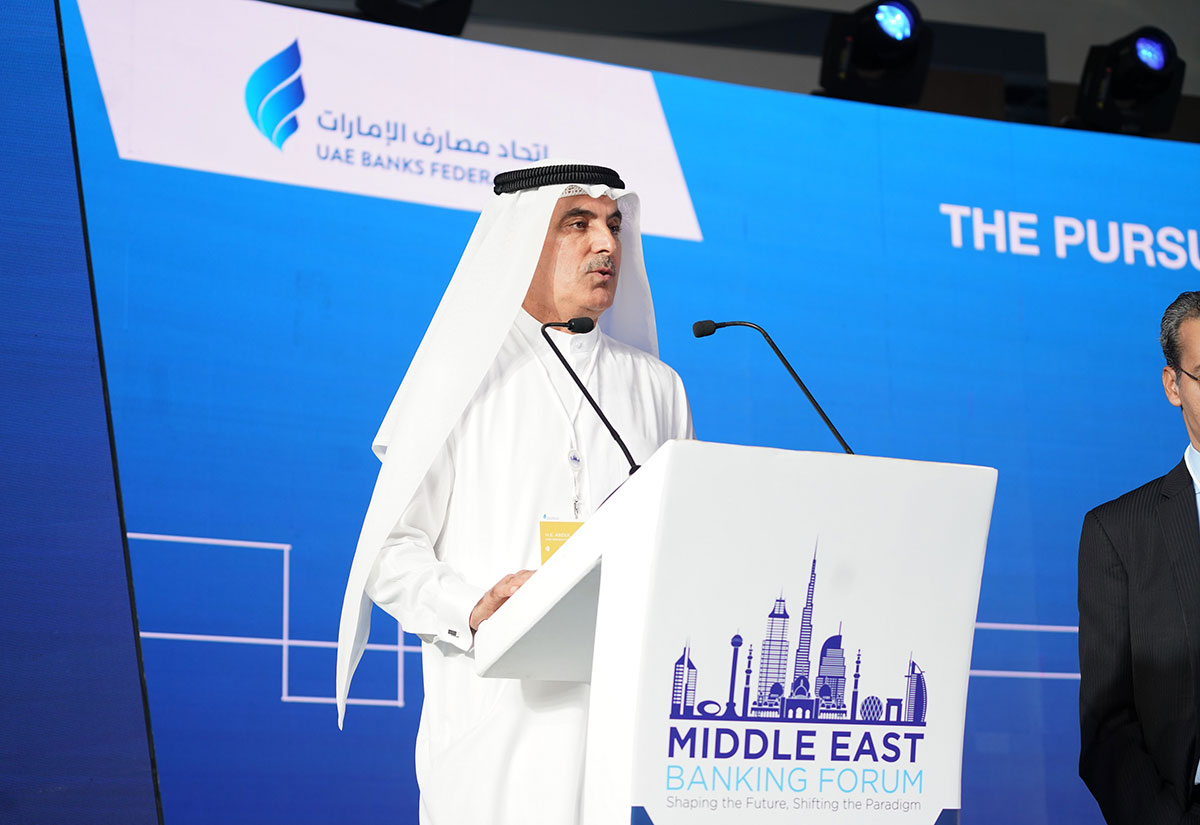
Middle East banking is a vibrant and dynamic sector, rich with history, innovation, and diversity. Banking in the Middle East has evolved significantly over the years, adapting to global trends while maintaining unique regional characteristics. From the bustling financial hubs of Dubai and Riyadh to the growing markets in Egypt and Lebanon, banks in this region play a crucial role in economic development, offering a wide range of services to individuals, businesses, and governments. With advancements in digital banking, Islamic finance, and cross-border transactions, understanding the landscape of Middle East banking is more intriguing than ever. This introduction will shed light on 24 fascinating facts about the sector, providing insights into its complexities, challenges, and opportunities. Whether you're an investor, a professional in the finance sector, or simply curious, these facts will enrich your knowledge and offer a glimpse into the heart of Middle East banking.
Understanding Middle East Banking
Middle East banking systems are as diverse as the region itself, encompassing a wide range of financial institutions from conventional to Islamic banks. This sector plays a crucial role in the economic development of the region, offering a variety of services to individuals, businesses, and governments.
-
Islamic Banking dominates the financial landscape in many Middle Eastern countries. Unlike conventional banking, Islamic banking adheres to Sharia law, which prohibits interest charges and promotes profit and loss sharing.
-
In recent years, digital banking has seen rapid growth in the Middle East. Countries like the United Arab Emirates (UAE) and Saudi Arabia are leading the way in adopting digital banking solutions to enhance customer experience.
Key Players in Middle East Banking
The Middle East boasts several large banks that are pivotal in the region's financial sector.
-
Qatar National Bank (QNB) is the largest bank in the Middle East by assets, offering a wide range of services across more than 30 countries.
-
National Commercial Bank in Saudi Arabia is another major player, known for its significant contributions to the development of Islamic banking.
-
Emirates NBD, based in Dubai, stands out for its innovative approach to digital banking, introducing features like voice banking and blockchain technology.
Trends Shaping the Future of Banking in the Middle East
Several trends are currently shaping the future of banking in the Middle East, influencing how banks operate and serve their customers.
-
Fintech is revolutionizing the banking industry, with startups and established banks alike embracing new technologies to improve services and reduce costs.
-
Sustainability is becoming a priority, with many Middle Eastern banks integrating environmental, social, and governance (ESG) criteria into their operations and investment decisions.
-
The COVID-19 pandemic accelerated the shift towards online and mobile banking, a trend that is expected to continue post-pandemic.
Challenges Facing Middle East Banking
Despite the sector's growth, Middle East banking faces several challenges that could impact its future development.
-
Regulatory compliance is a significant hurdle, especially with the international push towards more stringent financial regulations.
-
Cybersecurity remains a top concern, as banks increasingly rely on digital channels that are vulnerable to cyber attacks.
-
Economic diversification efforts in oil-dependent countries pose both opportunities and challenges for banks as they navigate the transition to more diversified economies.
Innovations in Middle East Banking
Innovation is key to staying competitive in the rapidly evolving banking landscape of the Middle East.
-
Blockchain technology is being explored for its potential to streamline operations and enhance security in banking transactions.
-
Artificial Intelligence (AI) is used to personalize customer experiences, improve risk management, and automate processes, making banking more efficient and customer-friendly.
-
Biometric authentication methods, such as fingerprint and facial recognition, are increasingly being adopted for secure and convenient user authentication.
The Role of Women in Middle East Banking
Women's participation in the Middle East banking sector is growing, reflecting broader societal changes towards gender equality.
-
Female leadership in banking is on the rise, with more women taking on senior roles in Middle Eastern banks.
-
Initiatives aimed at empowering women in finance are gaining traction, highlighting the importance of diversity and inclusion in the industry.
The Impact of Global Events on Middle East Banking
Global events often have a profound impact on banking and financial markets in the Middle East.
-
Oil price fluctuations significantly affect the economic landscape of the region, influencing banking operations and lending activities.
-
Geopolitical tensions can lead to market volatility, impacting the financial stability of Middle Eastern banks.
-
The global financial crisis of 2008 had a lasting effect on the banking sector, leading to increased regulatory oversight and a focus on financial stability.
Future Outlook for Middle East Banking
The future of Middle East banking looks promising, with several factors contributing to its growth and evolution.
-
Demographic shifts, such as a young and growing population, are expected to drive demand for banking services.
-
Cross-border collaborations between banks in the Middle East and international financial institutions are likely to increase, fostering innovation and growth.
-
Sustainable finance is set to become a more significant focus, aligning with global efforts to combat climate change and promote sustainable development.
-
Technological advancements will continue to shape the banking experience, making services more accessible, secure, and personalized.
-
Finally, the ongoing efforts to diversify economies in the Middle East will create new opportunities for banks to support various sectors beyond oil and gas, contributing to the region's economic resilience and growth.
A Final Glimpse into Middle East Banking
We've journeyed through the intricate landscape of Middle East banking, uncovering 24 fascinating facts that paint a vivid picture of its uniqueness and dynamism. From the robust growth of digital banking to the strategic importance of Islamic finance, this sector is a testament to innovation and resilience. Banks in the region are not just financial institutions; they're pivotal in shaping economic futures and embracing cutting-edge technologies. As we look ahead, the evolution of banking in the Middle East promises even more advancements, with sustainability and fintech collaborations at the forefront. Whether you're an investor, a professional in the finance sector, or simply curious about global banking trends, keeping an eye on this region's banking landscape is sure to offer valuable insights and opportunities.
Was this page helpful?
Our commitment to delivering trustworthy and engaging content is at the heart of what we do. Each fact on our site is contributed by real users like you, bringing a wealth of diverse insights and information. To ensure the highest standards of accuracy and reliability, our dedicated editors meticulously review each submission. This process guarantees that the facts we share are not only fascinating but also credible. Trust in our commitment to quality and authenticity as you explore and learn with us.


